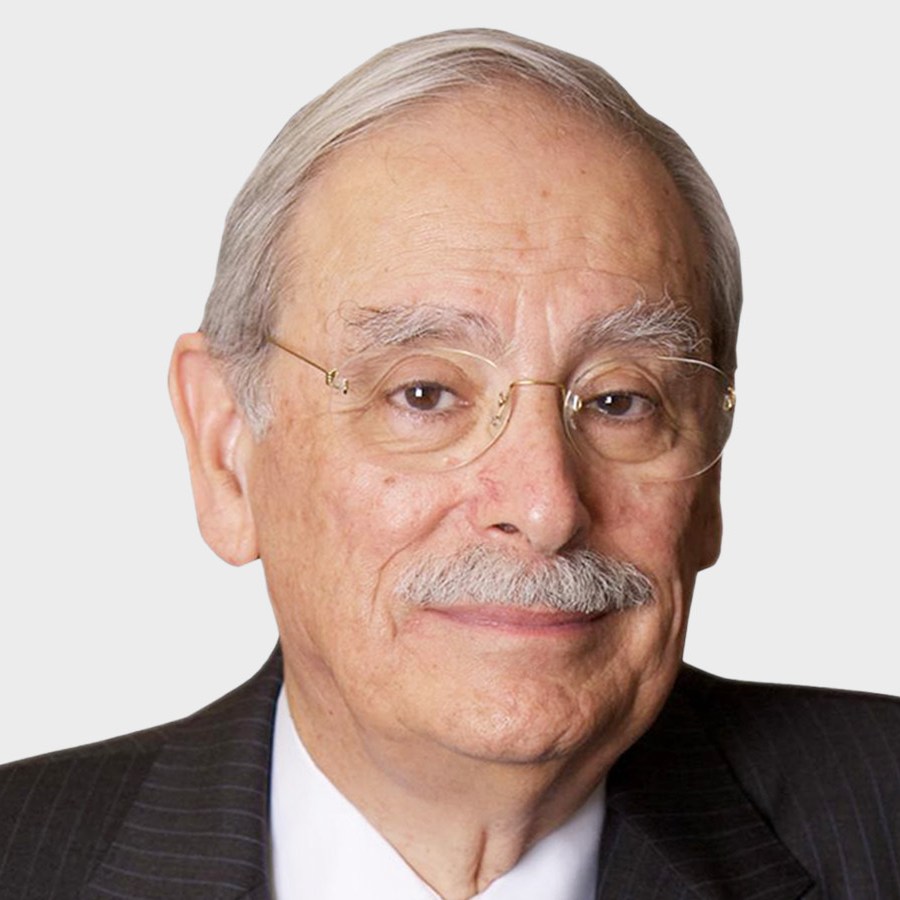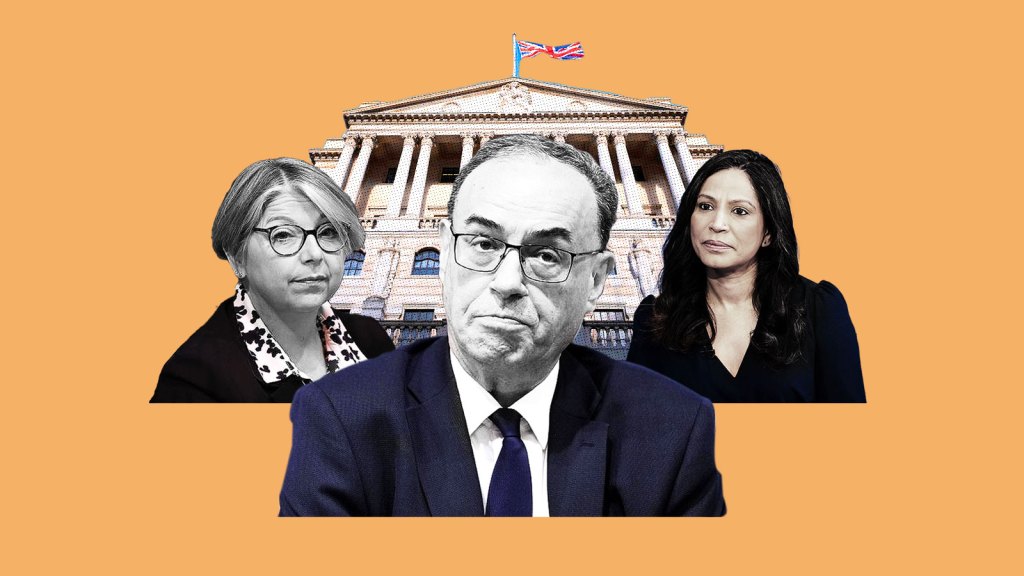Javier Milei’s Economic Reforms in Argentina: A New Path Forward
The economic landscape in Europe has been creating waves with its optimistic forecast, highlighted by Germany’s recent decision to abandon its debt limit policy and strategic pivots away from the US market. Yet, another part of the world is subtly capturing the interest of investors: Latin America.
This region holds potential as an unexpected economic contender in the coming years.
Many are already familiar with Javier Milei, Argentina’s unconventional president, whose bold approach has made him a notable figure in economic discussions. Since taking the reins in 2023, Milei has aggressively reduced excessive regulations and outdated bureaucratic processes while curbing unproductive public expenditure and promoting supply-side reforms.
The impact of these measures has led to a remarkable reversal in Argentina’s economic situation. As of February, “hyper-inflation” has been dramatically lowered to just 2.2 percent, with projections indicating a robust GDP growth of 5.5 percent in the coming year. Consequently, exchange-traded funds focused on Argentina have seen unprecedented inflows, with emerging market debt funds actively acquiring a significant amount of both corporate and government bonds.
But Milei’s initiatives do not stop here. With inflation now stabilized, he recently eliminated restrictive reporting and tax regulations, which could potentially unlock a $200 billion boost to the domestic economy derived from the unofficial US dollar savings held by everyday Argentines. Previously, accessing this cash was fraught with complications due to stringent protectionist currency laws. Now, citizens can freely utilize their dollars.
While some might view Milei’s methods as unconventional, they actually echo the economic policies espoused by leaders like Thatcher and Reagan in the 1980s. In a time when many developed economies are grappling with protectionism and unsustainable public spending, Argentina’s direction under Milei stands out as an exception.
However, this may change. An increasing number of Latin American nations are beginning to tackle excessive public spending, and many are gravitating toward economically libertarian candidates advocating for free-market principles. In the next year, Chile, Colombia, and Peru, all set for presidential elections, show a landscape populated by fiscal conservatives.
If the Milei model can be effectively replicated in even a subset of these nations, the economic rewards could be substantial. The Latin American region has historically lagged in economic performance. Countries here often match or exceed their European counterparts on the Human Development Index (HDI), which evaluates factors like education, healthcare, and life expectancy. However, inadequate governance and poor economic policies have stunted income growth and productivity, resulting in low economic development levels. This situation reflects a deficiency in management rather than deeper socio-economic issues, and the Milei model seeks to rectify these supply-side challenges.
While Latin America may not yet rival Europe as an economic power, there is a sense of optimism that the region is on the verge of a long-awaited economic resurgence. Furthermore, as Europe struggles to address its own wasteful public spending and bureaucratic hurdles, which hinder growth potential, Latin America might emerge as a surprising beneficiary amid shifting investor interests away from dollar-centric assets.
Data from the London Stock Exchange Group indicates that Latin American equity funds have risen by 24 percent this year, parallel to the performance of emerging European equities; the MSCI Emerging Markets Latin America Index has ascended by 22 percent. This surge is partially attributed to US investors, who have historically had a lighter exposure to emerging markets, now capitalizing on the attractive and rapidly growing assets in regions like Argentina.
At this point, however, the Milei model remains a unique Argentine development. Nonetheless, it is evident that the broader Latin American region is catching the eye of particular global investors. The crucial question remains whether this interest can be converted into consistent and meaningful investment inflows instead of short-term reallocations.
The future of the region hinges on whether Milei’s counterparts in surrounding countries are sincere in their economic pursuits and capable of effectively managing public debt and enhancing productivity. If a few Latin American nations can achieve a GDP per capita benchmark comparable to that of European countries with similar HDI ratings, the economic implications could reach as high as $5 trillion. While this is a significant conditionality, it could dramatically transform both the region and global investment flows.
Seema Shah serves as the chief global strategist at Principal Asset Management.




Post Comment